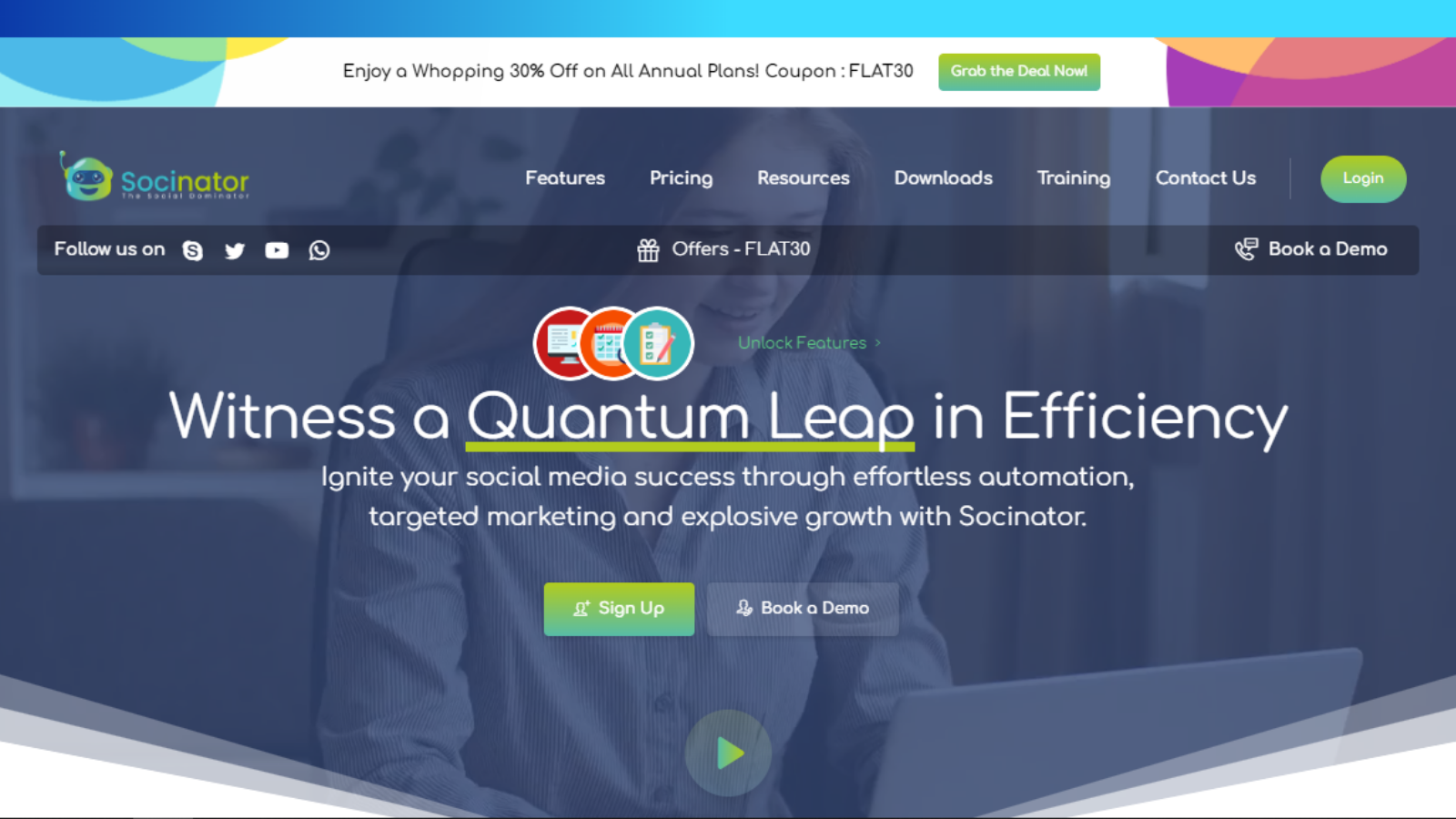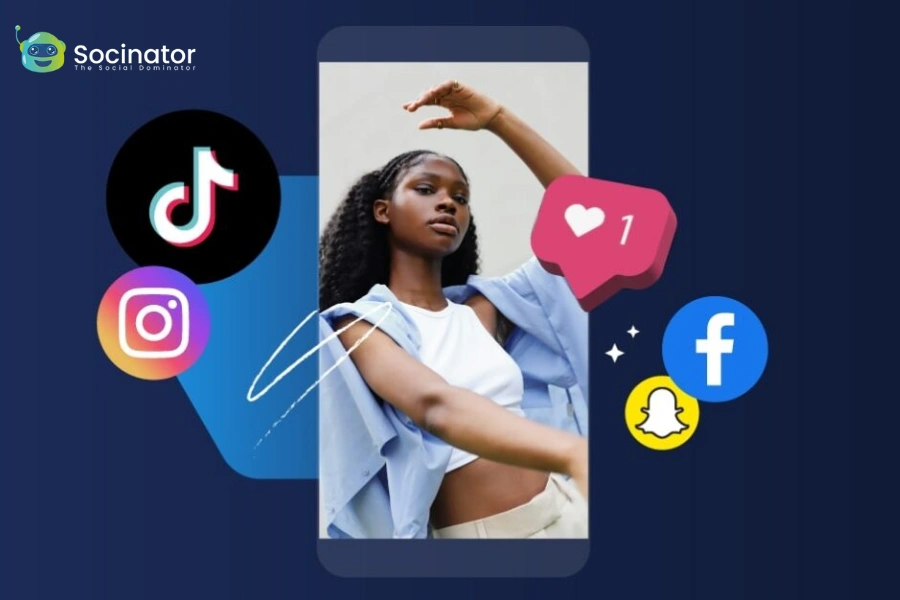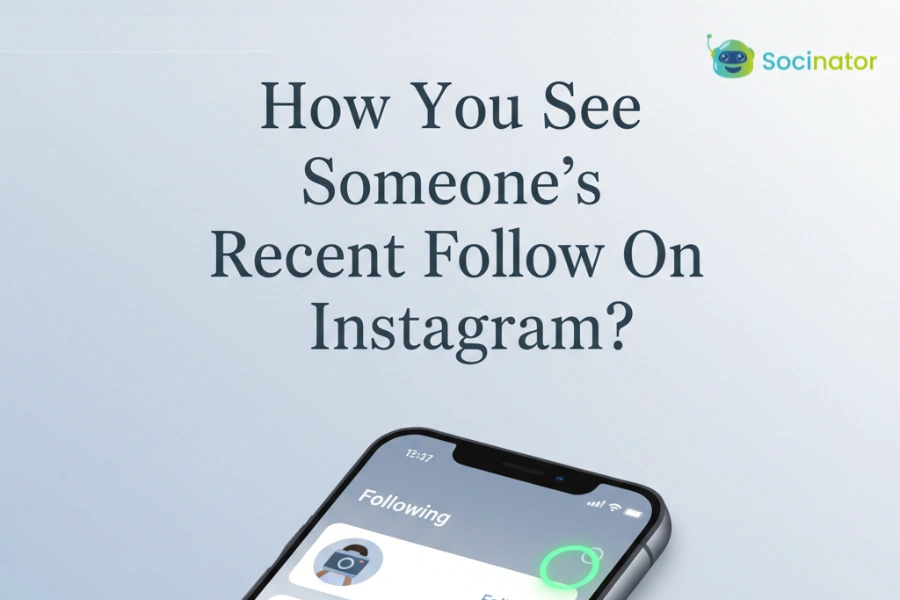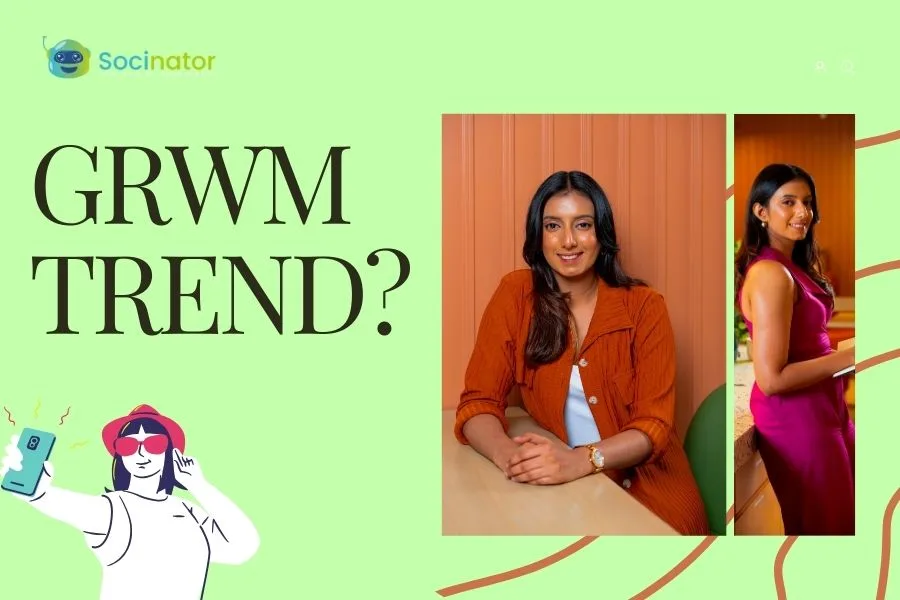With the constant evolution of digital marketing, brands are exploring more personal, creative, and authentic ways to reach audiences. One such approach that has proven highly effective is influencer marketing. Whether you’re a start-up or an established brand, the right influencer can make your campaign memorable and profitable. In this blog, we’ll explore compelling influencer marketing examples and understand how they align with specific ad objectives.
This comprehensive guide will also explore various influencer marketing campaigns and provide social media influencer marketing examples. We’ll help you build a successful strategy and demonstrate how platforms like Socinator make a huge difference in execution and automation.
In a hurry? listen to the podcast now!!
What is Influencer Marketing?
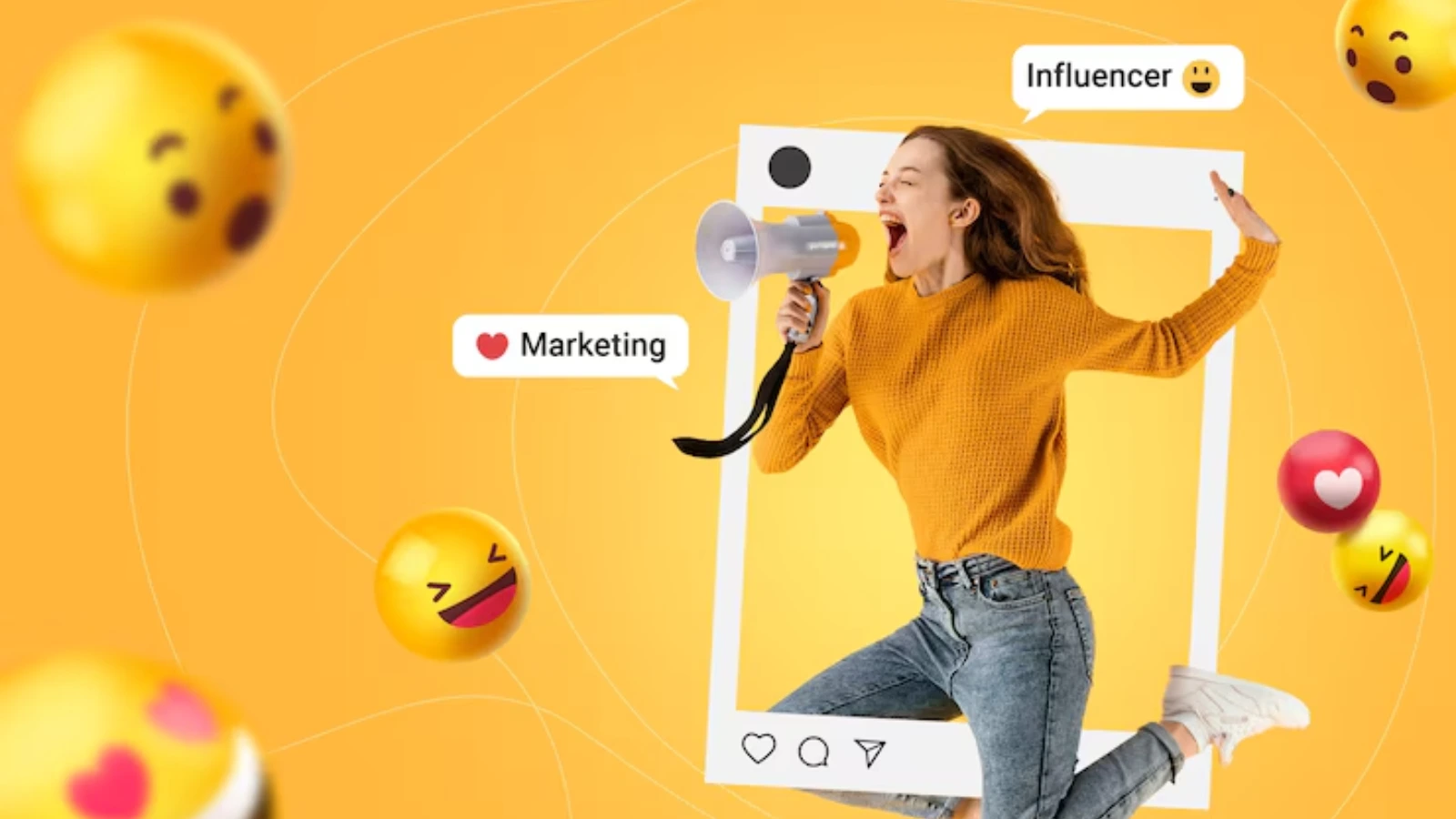
Influencer marketing is a powerful branch of social media marketing that taps into the credibility and reach of individuals who have built loyal communities online. These individuals, commonly referred to as influencers, aren’t just promoting products; they’re sharing personal experiences and honest opinions with their followers. Because of the trust they’ve cultivated over time, their endorsements feel more authentic and relatable than traditional advertising, making them incredibly effective at driving awareness, interest, and even conversions.
Working of Influencer Marketing
Influencer marketing works best when your brand’s goals align seamlessly with an influencer’s unique voice and the interests of their audience. It’s not just about placing a product in front of followers; it’s about creating meaningful, relatable content that resonates.
Brands typically team up with influencers in a variety of creative ways, including:
- Sponsored posts that weave your product into the influencer’s everyday content
- Product placements that feel natural and visually appealing
- Giveaways that spark excitement and encourage interaction
- Honest reviews that help build trust and transparency
- Social media takeovers, where influencers run your brand’s account for a day to offer a fresh perspective
At the heart of all these efforts is one clear objective: to leverage the influencer’s authenticity and reach in a way that boosts brand awareness, strengthens engagement, and drives real, measurable results.
Also read:
A Comprehensive Guide To Influencer Marketing In 2021
7 Successful Social Media Campaign Examples To Learn From
What Are the Iconic Influencer Marketing Examples?
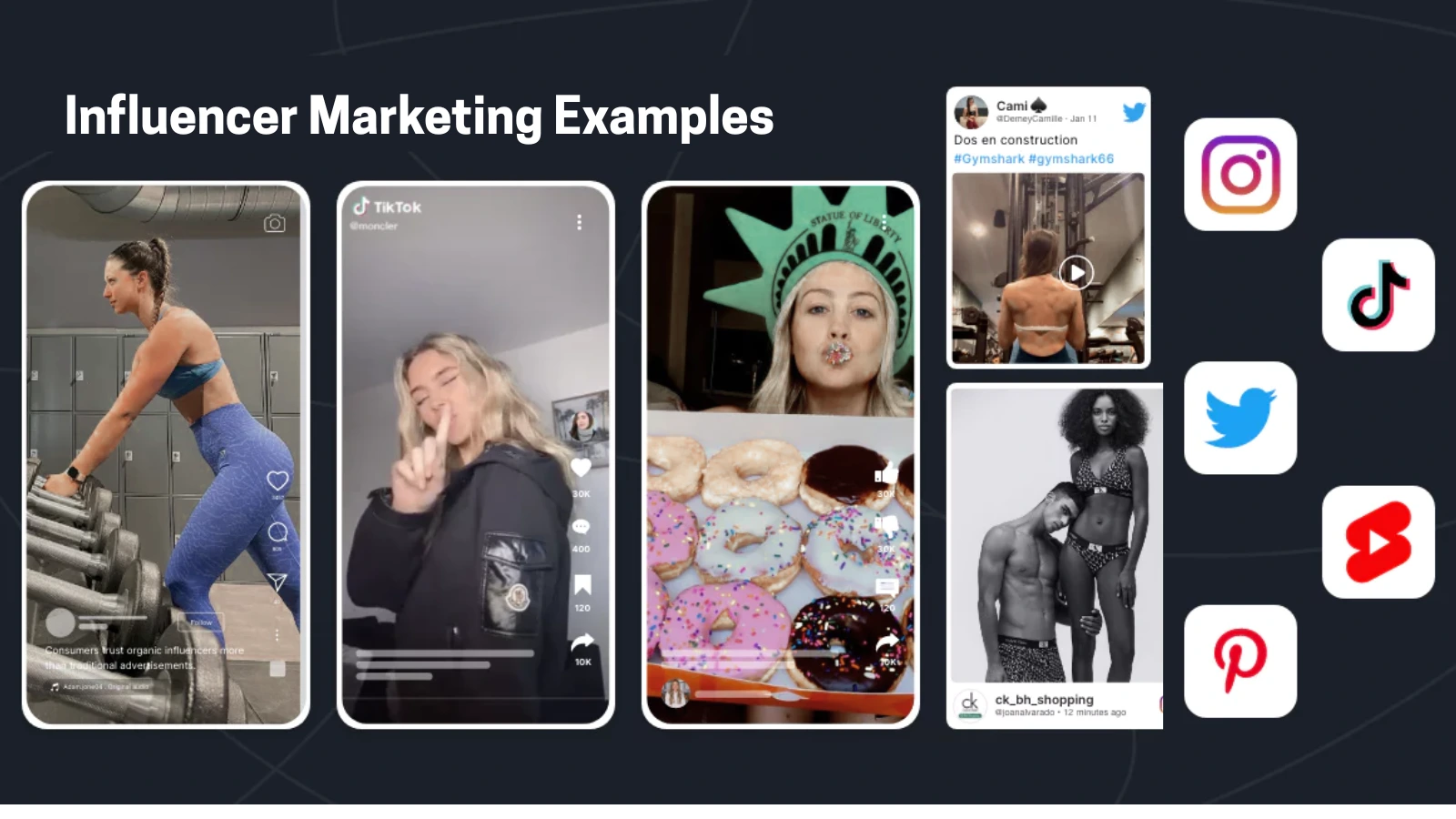
Let’s delve into some influencer marketing examples that achieved massive success and became benchmarks in the industry.
1. Daniel Wellington
Daniel Wellington is one of the best influencer marketing examples in the fashion and accessories niche. Instead of opting for traditional advertising, the brand collaborated with thousands of micro-influencers globally. Using unique discount codes, these influencers showcased DW watches in aesthetically pleasing Instagram posts. The outcome? Massive brand awareness and skyrocketing sales. This campaign is still studied in digital marketing courses worldwide.
2. Gymshark
Gymshark’s approach to influencer marketing is as lean and ripped as the athletes it works with. The brand began by targeting fitness influencers who resonated with young, active consumers. Gymshark didn’t just create ads; it built a community. Influencers became brand ambassadors, and their content consistently aligned with Gymshark’s branding. This is one of the most recognized influencer marketing campaigns in the fitness industry.
3. HelloFresh
HelloFresh is another excellent example of influencer marketing done right. They focused on food bloggers, YouTubers, and Instagram foodies. Their influencers cooked and reviewed HelloFresh meals on video, showing ease of preparation and quality. These social media influencer marketing examples helped HelloFresh establish itself as a household name in the meal-kit industry.
Influencer Campaign Examples You Can Learn From
Looking for influencer campaign examples that you can replicate or get inspired by? Here are a few that show just how strategic influencer collaborations can be:
- Audible and BookTubers: Audible partnered with popular book YouTubers to promote audiobooks. This niche collaboration matched the platform perfectly with the audience’s interest.
- Fabletics and Kate Hudson: Co-founded by Kate Hudson, Fabletics used her celebrity status to build initial traction. The brand then expanded by working with fitness micro-influencers.
- Coca-Cola’s #ThisOnesFor Campaign: This influencer marketing campaign focused on user-generated content. Coca-Cola collaborated with lifestyle influencers to create heartfelt stories, boosting emotional engagement.
Each of these examples of influencer marketing campaigns was successful due to a well-defined objective and carefully selected influencer partnerships.
What Are The Examples of Influencer Marketing by Platforms?
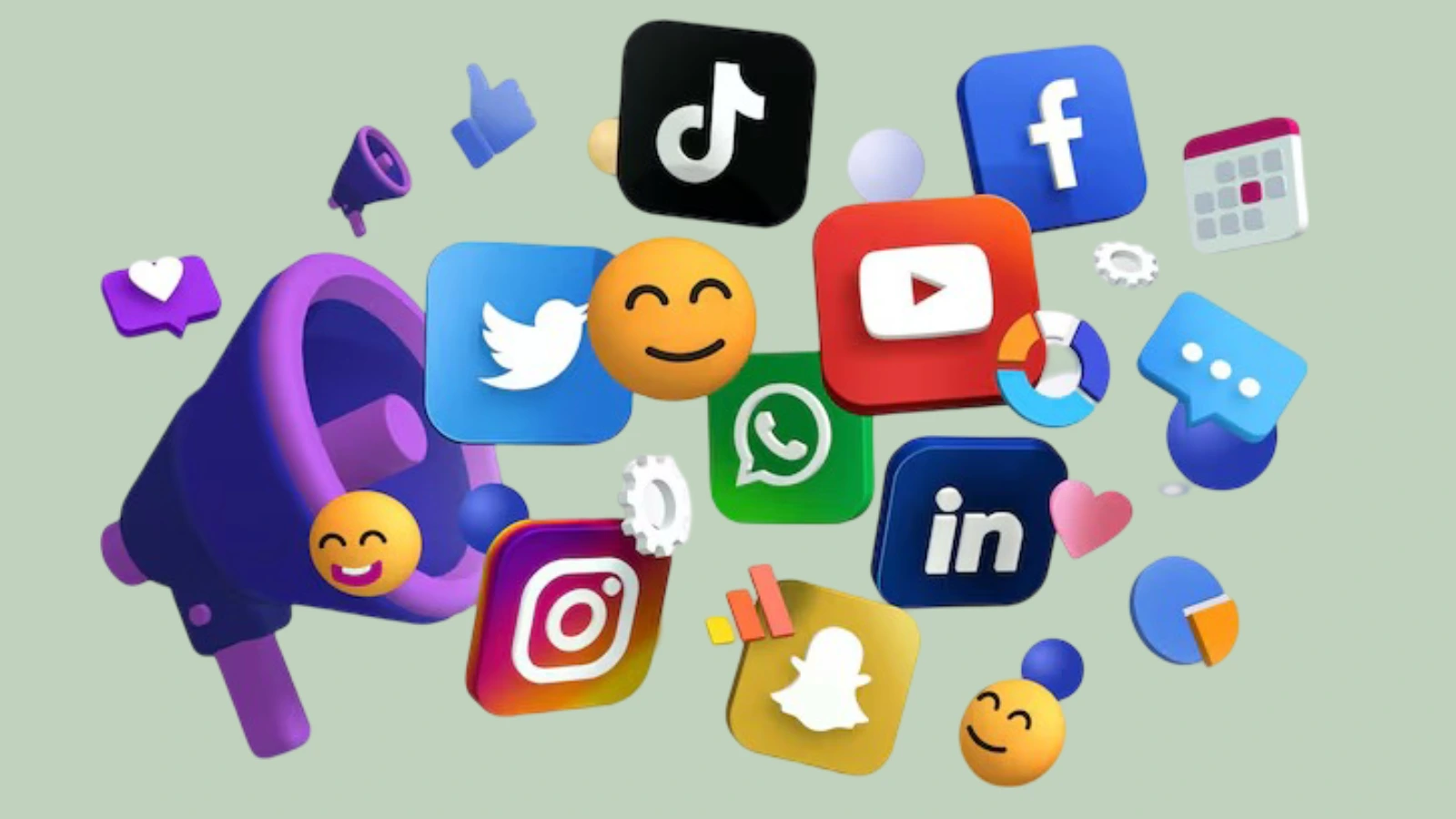
Influencer marketing isn’t one-size-fits-all. Each social media platform brings its own unique vibe, audience behaviour, and content style, which means influencer strategies need to be tailored accordingly. Let’s take a closer look at how some of the best influencer marketing examples play out across different platforms:
1. Instagram
Instagram continues to be the go-to platform for influencer collaborations, especially in visually driven niches like fashion, beauty, and travel. A standout example is Revolve’s travel campaigns, where influencers showcased the brand’s clothing in dreamy, exotic locations. These posts weren’t just about showing off outfits; they painted an aspirational lifestyle that followers wanted to be a part of. The result? Massive engagement and a strong brand identity built around luxury and wanderlust.
2. YouTube
When it comes to long-form content and storytelling, YouTube is unmatched. It’s the perfect space for product reviews, tutorials, and in-depth brand features. One of the most notable influencer marketing examples here is Morphe Brushes. They partnered with popular beauty YouTubers to create makeup tutorials, product launches, and honest reviews, building both trust and excitement around the brand. This kind of content not only engages viewers longer but also helps drive purchasing decisions.
3. Twitter
While Twitter might not be the first platform you think of for influencer marketing, it’s incredibly effective for real-time engagement, trending conversations, and product launches. Brands often collaborate with influencers to craft witty, viral threads or jump into hashtag challenges. It’s a space where the right tweet, shared by the right person, can spark massive visibility in minutes.
How to Build a Successful Influencer Strategy?
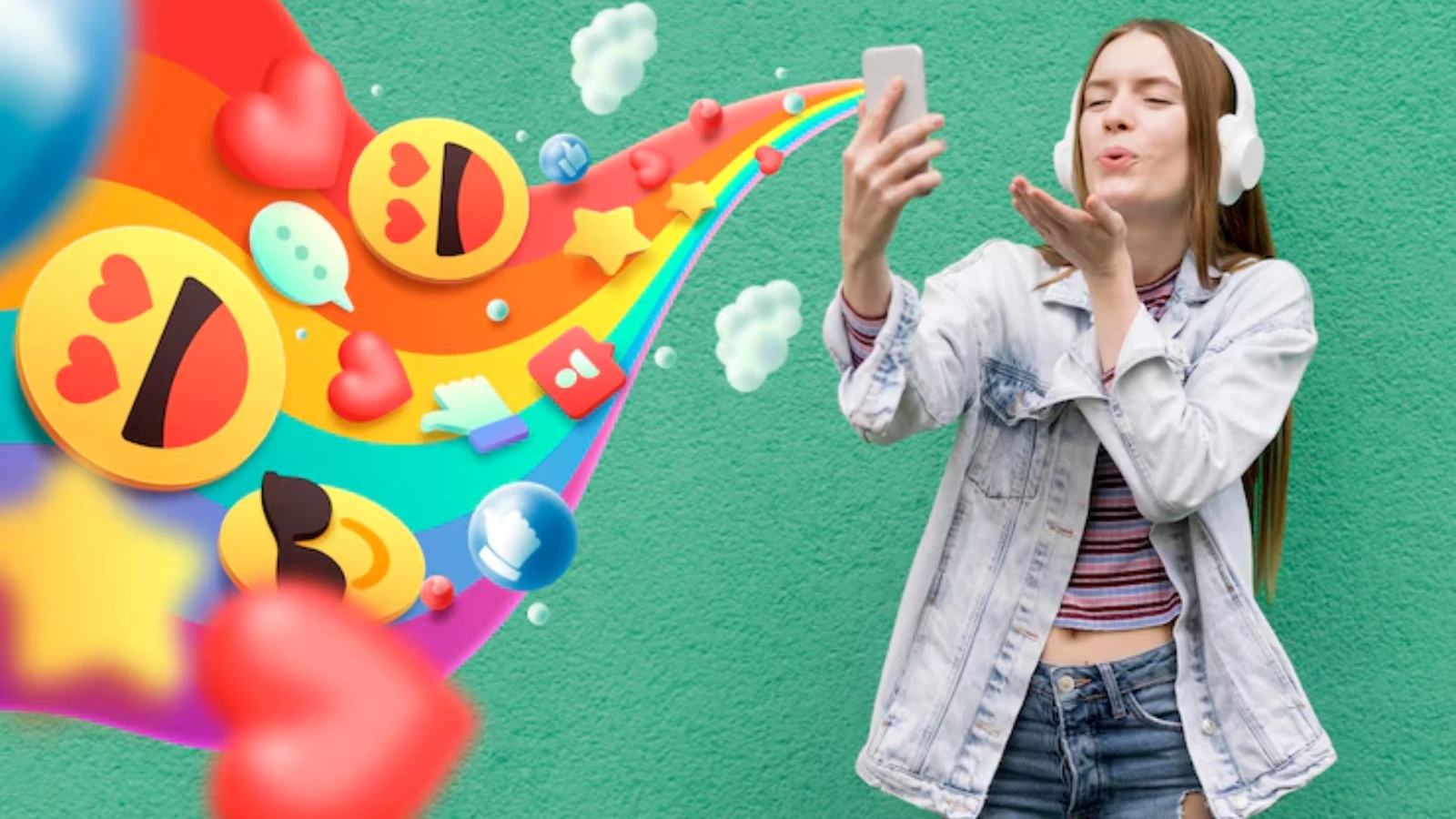
A winning influencer marketing strategy doesn’t just happen, it’s meticulously planned. Here’s a step-by-step guide:
1. Define Clear Objectives
Your ad objectives could include increasing brand awareness, improving engagement, driving website traffic, or boosting sales. Make these goals measurable.
2. Know Your Audience
Understanding your target demographics will help you choose influencers whose audience matches your customer profile.
3. Choose the Right Influencers
Decide whether you need a macro-influencer for reach or a micro-influencer for engagement. Tools like Socinator help you analyze influencers’ performance metrics.
4. Craft Authentic Campaigns
Ensure that the content feels genuine. Influencers should have creative freedom to deliver the message in their own voice.
5. Track Performance
Use analytics to measure campaign ROI. Engagement rates, click-throughs, and conversions should be part of your tracking matrix.
Why Socinator is a Must-Have for Influencer Marketing?
Socinator is an all-in-one social media automation tool designed to make social media management efficient and scalable. It’s particularly useful for influencer marketers who need to streamline their campaigns.
Key Features:
1. Instagram Marketing Automation
Since Instagram is one of the most widely used platforms for influencer marketing, Socinator’s Instagram automation tool capabilities here are a major plus. It allows brands and marketers to:
- Auto-follow/unfollow potential influencers
- Schedule influencer content (e.g., posts, stories, and IGTV videos)
- Auto-like, auto-comment, and auto-message influencers for collaboration outreach
- Track hashtag usage and engagement analytics to discover new influencer opportunities
Perfect for executing and managing Instagram-based influencer marketing examples.
2. Influencer Discovery and Monitoring
Socinator can help you identify and evaluate potential influencers across multiple social platforms. You can:
- Extract relevant influencers’ profiles that match your brand.
- Auto-send messages or send requests to connect with influencers.
- Create watchlists of influencers relevant to your niche.
This aligns perfectly with your blog’s point on choosing the right influencers and setting clear ad objectives.
3. Multi-Platform Campaign Management
Socinator supports automation across multiple social media platforms like:
- YouTube
This feature is especially useful when you’re showcasing examples of influencer marketing by platforms, Socinator lets you manage campaigns from a single dashboard.
4. Advanced Scheduling & Content Management
With Socinator, you can plan and queue influencer content well in advance. Features include:
- Bulk post uploads
- Calendar-based scheduling
- Auto-publishing for best-time engagement
This helps maintain consistency across campaigns and supports long-term influencer partnerships (as mentioned in your “common pitfalls” section).
5. Secure and Safe Automation
Unlike many other automation tools, Socinator is designed with anti-spam and account safety measures. It mimics human behavior to prevent accounts from being flagged or banned, which is ideal for brands managing multiple influencer accounts or client portfolios.
6. Audience Targeting Tools
Socinator enables smart targeting features like:
- Hashtag tracking
- Keyword monitoring
- Location-based targeting
This helps in finding influencers who are not just popular but also relevant to your target market.
7. Automated Direct Messaging
Want to pitch collaboration opportunities at scale? Socinator offers auto-DMs, which can be personalized for outreach, nurturing, and relationship building, perfect for starting influencer conversations without manual effort.
Whether you’re looking for Instagram marketing automation or a reliable Instagram marketing software, Socinator is tailored to meet your needs. With its advanced automation features, you can focus more on strategy and less on execution.
What Are The Common Pitfalls to Avoid?
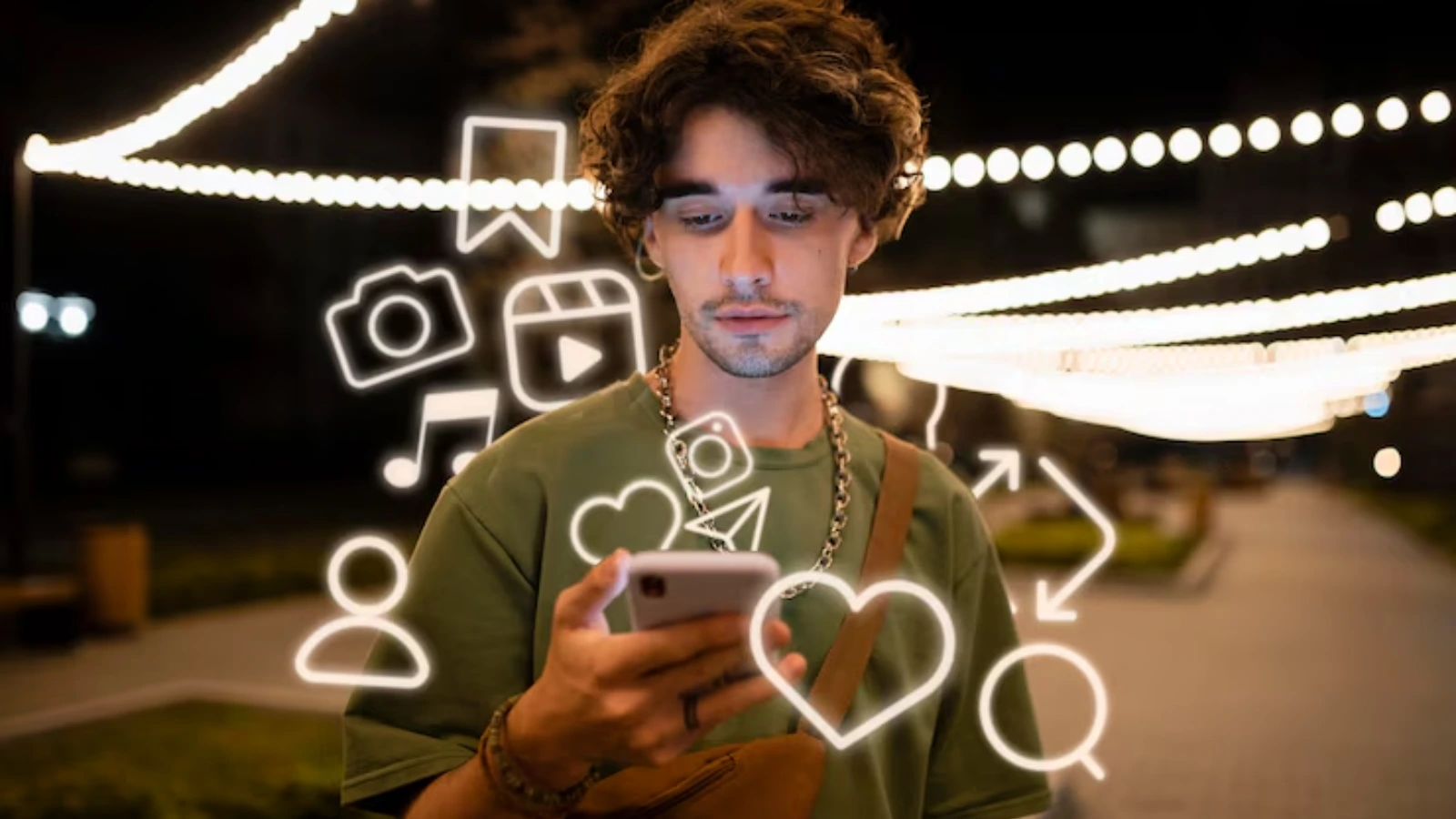
Even with the best influencer marketing examples to learn from, brands still tend to stumble over some common pitfalls. These missteps can undermine even the most well-intentioned social media campaign examples. Here are a few to watch out for and how to avoid them:
1. Overlooking Micro-Influencers
It’s easy to get caught up in follower counts, but bigger isn’t always better. Micro-influencers often boast tighter-knit communities and higher engagement rates. Their audiences trust them deeply, which can lead to more meaningful interactions and better results.
2. Lack of Clear Objectives
Jumping into a campaign without well-defined goals is like setting sail without a map. If you don’t know what you want, whether it’s more brand awareness, clicks, or conversions, it’s hard to measure success or steer the campaign in the right direction.
3. Mismatch With Brand Values
Your chosen influencer might have millions of followers, but if their style, tone, or values don’t align with your brand, the partnership can feel forced or inauthentic. Audiences can sense when something’s off, and that can damage trust.
4. Treating It As a One-Time Gig
Great influencer marketing thrives on relationships, not one-off transactions. Building ongoing collaborations allows influencers to genuinely connect with your brand and introduce it to their followers in more meaningful ways over time.
5. Unclear Communication
When expectations aren’t discussed from the start, like content guidelines, deliverables, or timelines, it can lead to confusion and disappointing results. Open, honest communication helps keep both sides aligned and sets the stage for a successful campaign.
Final Thoughts
Influencer marketing is no longer just a buzzword; it’s a vital part of any brand’s digital strategy. As seen in the influencer marketing examples above, aligning your ad objectives with the right influencers can transform your brand’s presence and performance. From micro-influencers to viral campaigns, every successful strategy shares one thing: authenticity.
Utilize tools like Socinator to streamline and scale your efforts. Whether you’re exploring influencer marketing campaigns for the first time or looking to optimize ongoing ones, strategic planning and smart tools can make all the difference.
FAQs
Q1. How do I choose the right influencer for my campaign?
Ans – Look at their engagement rate, content style, and audience demographics that align with your brand. If you find your target audience is connecting with a particular influencer, you could connect with them to achieve higher post engagement and conversions.
Q2. What are common types of influencer collaborations?
Ans – Sponsored posts, product reviews, giveaways, affiliate marketing, and social media takeovers are popular types.
Q3. Can small businesses benefit from influencer marketing?
Ans – Absolutely. Influencer marketing isn’t just for big brands; small businesses can gain significant value too. By partnering with micro or nano influencers who have a loyal and highly engaged audience, especially within a specific niche or local community, small businesses can build trust, boost brand visibility, and drive targeted sales without breaking the bank.


